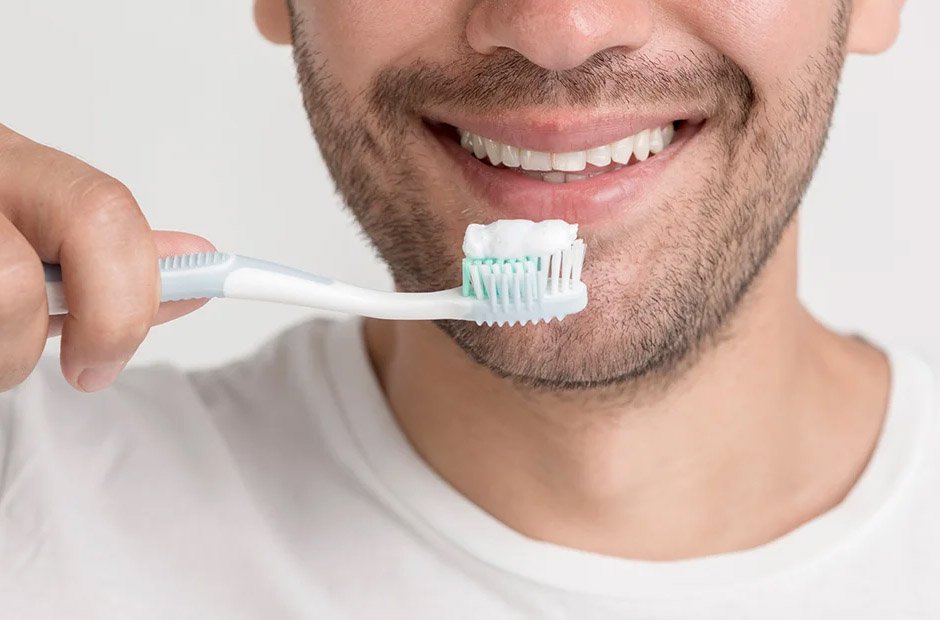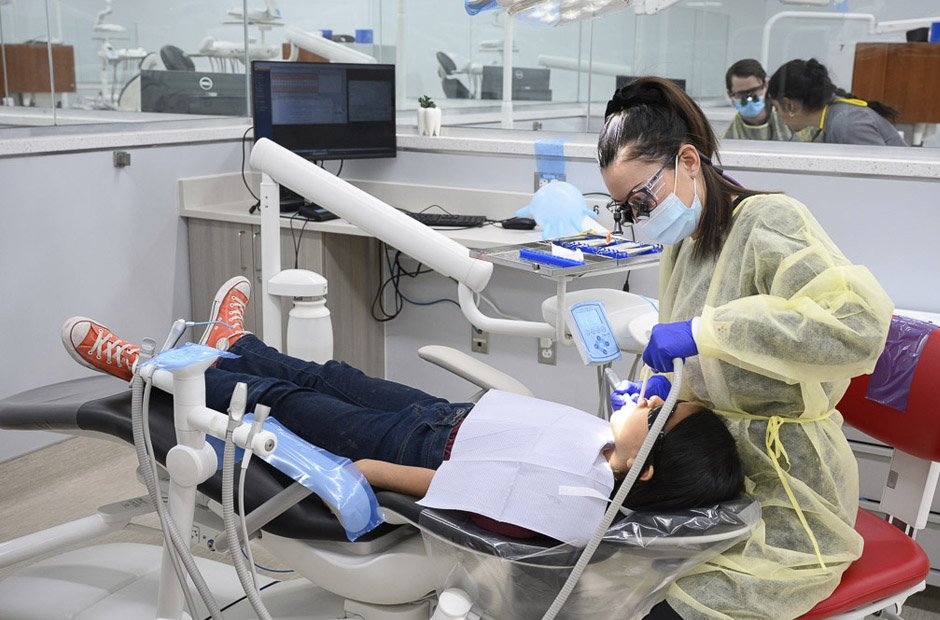Diet, exercise, and sleep are often considered health factors. Bone health is often disregarded. Our bones underpin our body and are essential for movement, strength, and well-being. We may not know that our lifestyle choices—from what we eat to how active we are—have a major impact on our bone health and durability as we age.
It’s crucial to recognize which lifestyle behaviors promote bone health and which might harm it. This article discusses hazardous practices that damage bones and offers practical ways to maintain excellent bone health.
The Science Behind Bone Health
Bones are living tissues that constantly change, replacing old tissue with new. This process is heavily regulated by nutrition, exercise, and hormones. Calcium, vitamin D, and magnesium are essential for bone development and density.
Calcium and vitamin D pills are helpful, but not everything. Exercise, especially weightlifting, builds and preserves bone. Sedentary lifestyles promote bone disintegration, making fractures and osteoporosis more likely.
Harmful Habits That Damage Bone Health
Here are some common lifestyle habits that can harm your bone health:
1. Excessive Alcohol Consumption
Moderate alcohol intake doesn’t necessarily pose a significant threat to your bones, but excessive consumption is another matter. Alcohol impairs the body’s ability to absorb essential nutrients like calcium and vitamin D, which are critical for bone strength. Additionally, alcohol disrupts hormonal balance, further reducing bone density over time.
Tip: To reduce the impact on your bones, limit alcohol intake to one drink per day for women and two drinks per day for men. It’s also wise to ensure a nutrient-rich diet that supports your body’s bone health.

2. High Sodium Intake
Many people are unaware of the impact sodium has on bone health. High sodium intake increases calcium loss through urine, leading to a gradual decrease in bone mass. This is especially concerning as calcium is essential for bone structure.
Tip: Aim to keep your sodium intake below 2,300 milligrams per day. This can be done by replacing processed foods with fresh fruits, vegetables, and whole grains, which are naturally lower in sodium.

3. Insufficient Nutrient Intake
A diet lacking calcium, magnesium, vitamin D, and vitamin K can damage bones over time. Calcium and vitamin D are typically mentioned, but magnesium and vitamin K also benefit bone health.
Tip: Ensure you’re meeting your daily nutrient requirements. Adults typically need 1,000-1,200 mg of calcium and 600-800 IU of vitamin D per day. If you’re concerned about deficiencies, consult a healthcare provider who may recommend supplements.
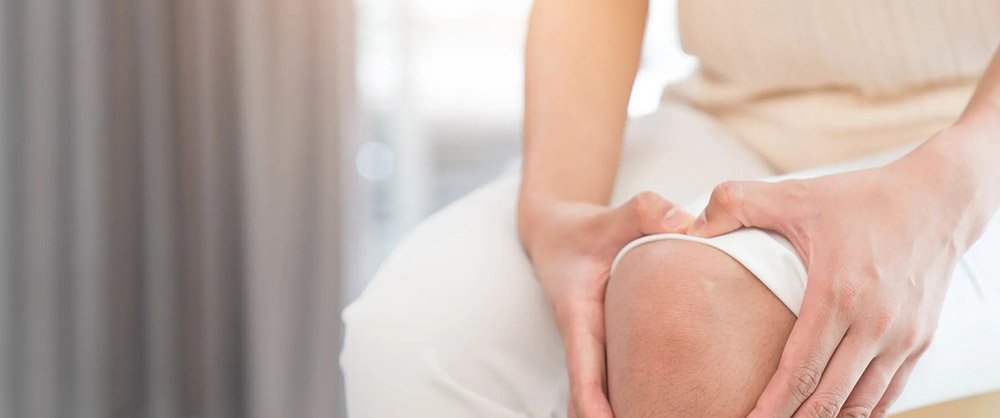
4. Sedentary Lifestyle
Regular exercise, particularly weight-bearing exercises like walking, jogging, dancing, or weight lifting, is essential for maintaining strong bones. These activities apply stress on bones, encouraging them to strengthen and grow. On the other hand, a sedentary lifestyle accelerates bone loss and can increase the risk of fractures.
Tip: Aim for at least 150 minutes of moderate-intensity aerobic exercise or 75 minutes of vigorous-intensity aerobic exercise each week. Incorporate weight-bearing activities like resistance training or activities such as hiking and tennis to keep your bones strong.
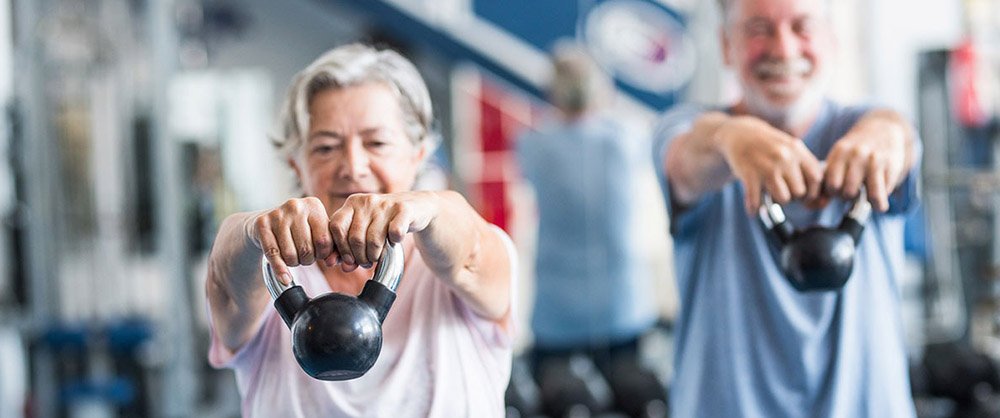
5. Smoking
Smoking is a leading risk factor for bone diseases like osteoporosis. The chemicals in cigarettes interfere with calcium absorption, reduce bone mass, and increase the risk of fractures. Furthermore, smoking can hinder healing after a bone fracture, making recovery more challenging.
Tip: Quitting smoking is one of the best decisions you can make for your overall health, and it can significantly improve bone density and healing over time. Support from healthcare professionals and cessation programs can help you stop smoking for good.
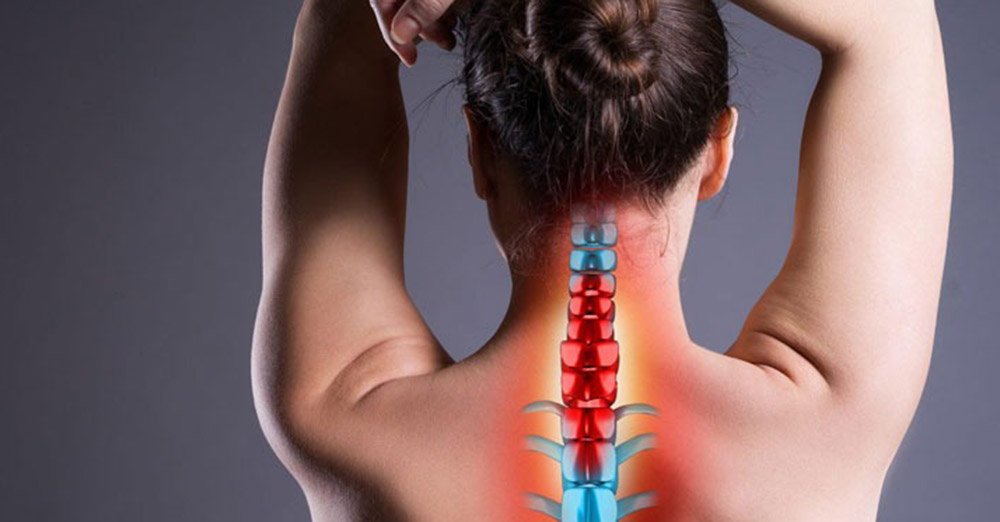
Hormonal and Environmental Factors

Hormonal Influences
Hormones, especially estrogen in women and testosterone in men, play an important role in maintaining bone density. In women, the decline in estrogen during menopause accelerates bone loss, making them more susceptible to osteoporosis. Chronic stress, which raises levels of cortisol, also hinders bone formation and accelerates bone breakdown.
Tip: Managing stress through practices like meditation, deep breathing, or yoga can help balance cortisol levels. For women going through menopause, discussing hormone replacement therapy with a doctor can also help maintain bone health.

Environmental Factors
Sunlight exposure is critical for bone health as it helps the body produce vitamin D, which regulates calcium absorption. A lack of sunlight, particularly in northern climates or during the winter months, can lead to vitamin D deficiency, which weakens bones over time.
Tip: Try to get 10-30 minutes of sunlight exposure a few times a week, depending on your skin type and geographical location. If sunlight exposure is limited, consider a vitamin D supplement.
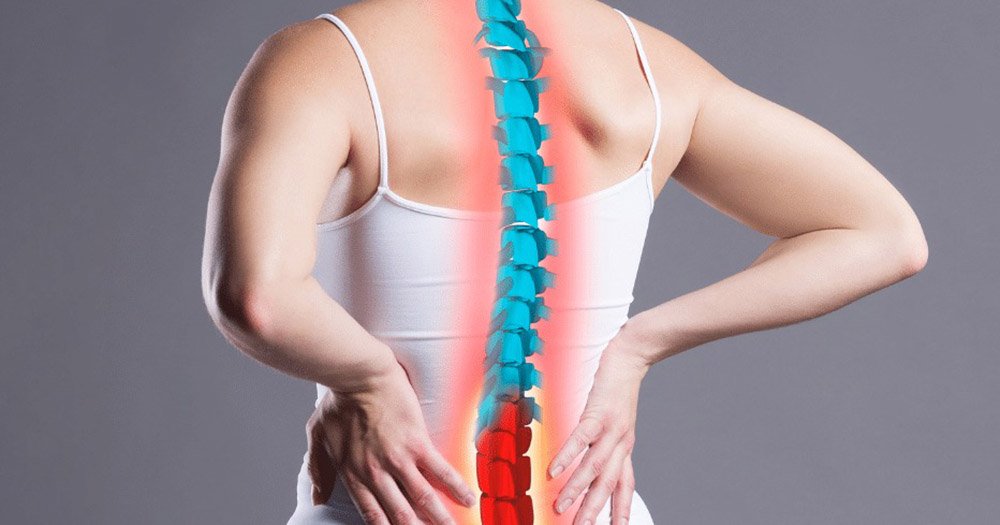
Creating a Bone-Friendly Environment
Your physical environment can also impact your bone health. A workplace designed to promote good posture and an at-home environment free of tripping hazards can reduce the risk of falls and fractures.
Tip: Ensure your home is well-lit and free from obstacles. Consider installing grab bars in bathrooms or using non-slip rugs to prevent falls. If you work long hours at a desk, consider using a standing desk or taking regular breaks to walk around.
Frequently Asked Questions
What are the best habits for healthy bones?
Eat a nutrient-rich diet, exercise regularly, and avoid smoking and excessive alcohol.
How much exercise do I need for bone health?
Aim for at least 30 minutes of weight-bearing exercise most days of the week.
Why is smoking bad for my bones?
Smoking reduces calcium absorption and increases the risk of osteoporosis and fractures.
How can I improve my vitamin D intake?
Spend time in the sun, eat fortified foods, or take a vitamin D supplement.












